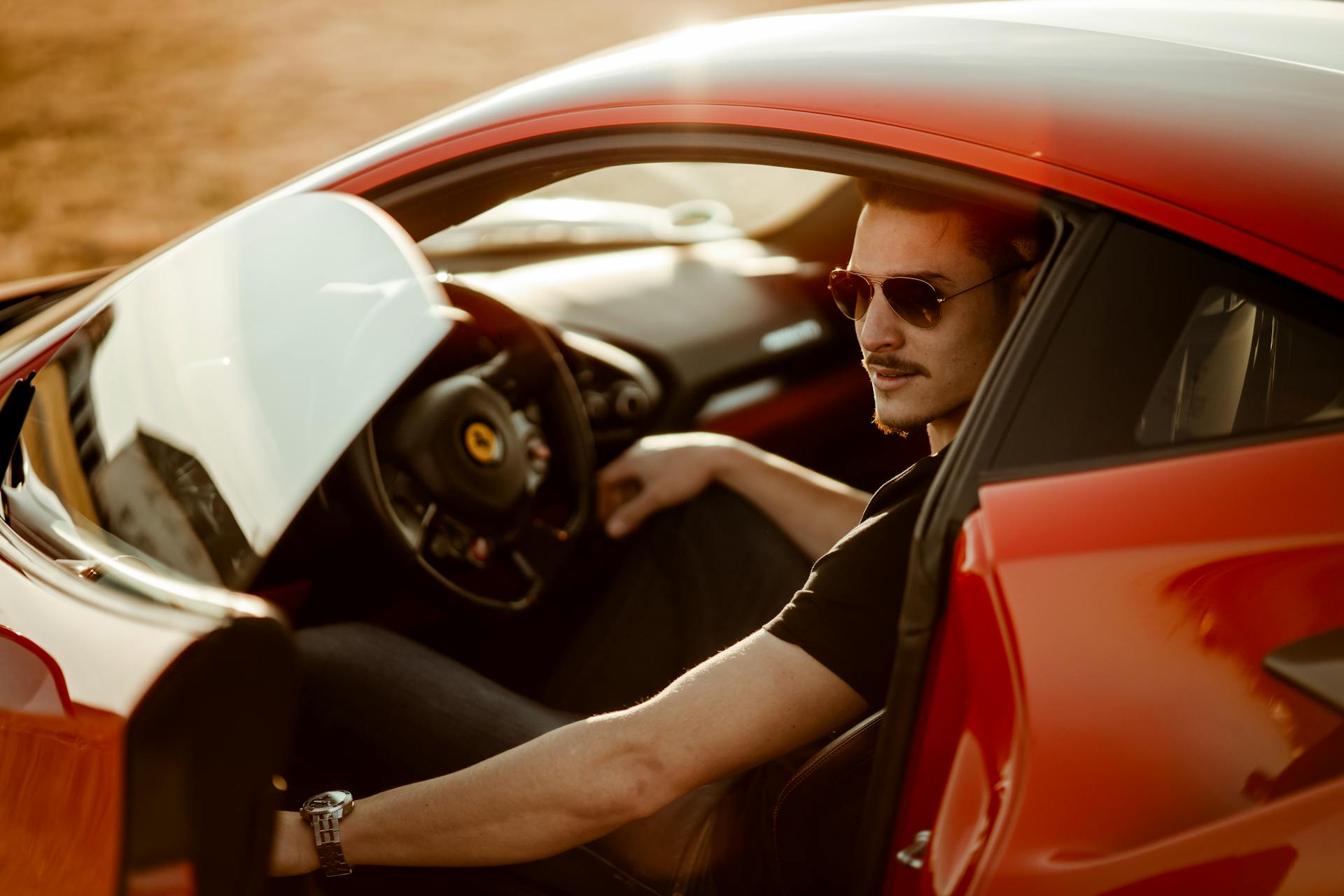
Gas versus Brake
Tuesday, January 28, 2025
So, let’s talk about how to avoid being a headline by mastering the gas and brake.
Picture this: you’re pulling into a parking space at the mall, your favorite song blasting, feeling good about nailing the perfect park… and then BAM! You hit the gas instead of the brake and end up halfway into someone’s front bumper. Sound terrifying? That’s because it is. But you’re not alone—this happens way more often than you’d think. In fact, hitting the wrong pedal is one of the most common causes of parking lot accidents and low-speed crashes.
Why the Mix-Up Happens
Let’s be real—driving involves a lot of split-second decisions. When you’re new to it, you might get a little flustered, especially in tight situations. Add a little adrenaline and BOOM, your brain sends the wrong signal to your foot. Suddenly, you’re pressing down on the gas when you meant to hit the brake. And before you know it, your car’s taking an unplanned field trip. Yikes.
Start with the Basics: Pivot, Don’t Stomp
Here’s where the secret sauce comes in: learning to pivot your foot rather than lifting your leg. When moving between the gas and brake, your heel should stay planted on the floor as a pivot point. Think of your foot like a windshield wiper—a smooth, controlled motion between the pedals, not an awkward hop.
Why does this matter?
...Because when you lift your leg, it’s easier to lose control of your foot placement. It’s like trying to text with your thumb hovering over the wrong letters—you’re way more likely to make a mistake. Keeping your heel anchored gives you better precision and keeps you from accidentally stomping on the wrong pedal. Gas vs. Brake: Understanding the Relationship Gas and brake are like siblings—they share the same DNA but serve completely different purposes. The gas pedal gives your car life and energy, while the brake brings things back under control. Respect both equally, and you’ll stay out of trouble.
When you’re driving, the gas pedal requires light, gradual pressure to maintain control. You’re not trying to win a drag race every time you hit the road (even if it feels like you could). On the other hand, the brake is your safety net. It’s there to slow you down or stop you entirely, and it’s not something to hesitate about using when needed.
Think of it this way: the gas pedal is for momentum, and the brake is for mindfulness. You need both to stay balanced, and switching between them seamlessly is a skill worth mastering.
Practice Makes Perfect
Now, let’s talk about building that muscle memory. Just like learning to ride a bike or playing a video game, getting good at gas-to-brake transitions takes practice. Here are a few drills to try:
Parking Lot Pivots: Find an empty parking lot and practice moving your foot between the gas and brake while keeping your heel anchored. Start slow and focus on making smooth, controlled transitions.
Stop-and-Go Practice: Drive in a quiet area and alternate between gently pressing the gas and then smoothly pressing the brake. The goal is to make the car’s movements feel natural and steady—no jerking allowed!
Simulate Tight Spaces: Set up some cones or markers and practice pulling into a mock parking spot. Pay close attention to how you use the gas and brake, especially when fine-tuning your movements.
Safety Features to the Rescue
Cars today are smarter than ever, with safety features designed to prevent these kinds of accidents. Many vehicles have brake override systems, which automatically prioritize braking if you accidentally press both pedals at once. Some even have sensors that detect when you’re too close to an object and apply the brakes for you. Cool, right?
But don’t let these features make you lazy. Technology is a backup plan, not a replacement for good driving habits. Trust your instincts and stay focused—you’re still the one in charge of the car.
What Happens When You Don’t Pivot
Alright, let’s get real about what happens if you ignore this advice. If you’re stomping between pedals, a few things can go wrong:
You Overshoot: Instead of gently braking, you slam on the gas and end up in a situation you’d rather avoid—like kissing a mailbox.
Delayed Reaction Time: Lifting your whole leg takes longer than pivoting, and in emergencies, every millisecond counts.
Driver Fatigue: Overusing your leg muscles instead of relying on the pivot point can make driving physically exhausting, especially on longer trips.
Trust me, pivoting isn’t just about avoiding accidents—it’s about making driving a smoother, more comfortable experience.
Final Thoughts
Driving is all about control and awareness, and nothing embodies that more than mastering the gas and brake. By keeping your heel planted and pivoting your foot, you’re setting yourself up for a lifetime of confident driving. It might feel awkward at first, but with practice, it’ll become second nature—kind of like brushing your teeth or scrolling TikTok without looking at the screen (don’t act like you haven’t done it).
So the next time you slide into the driver’s seat, remember this: the gas and brake aren’t enemies, but they’re not exactly besties either. Treat them both with respect, and they’ll get you where you need to go safely. And most importantly, keep that heel planted—your future self (and your car insurance) will thank you.
